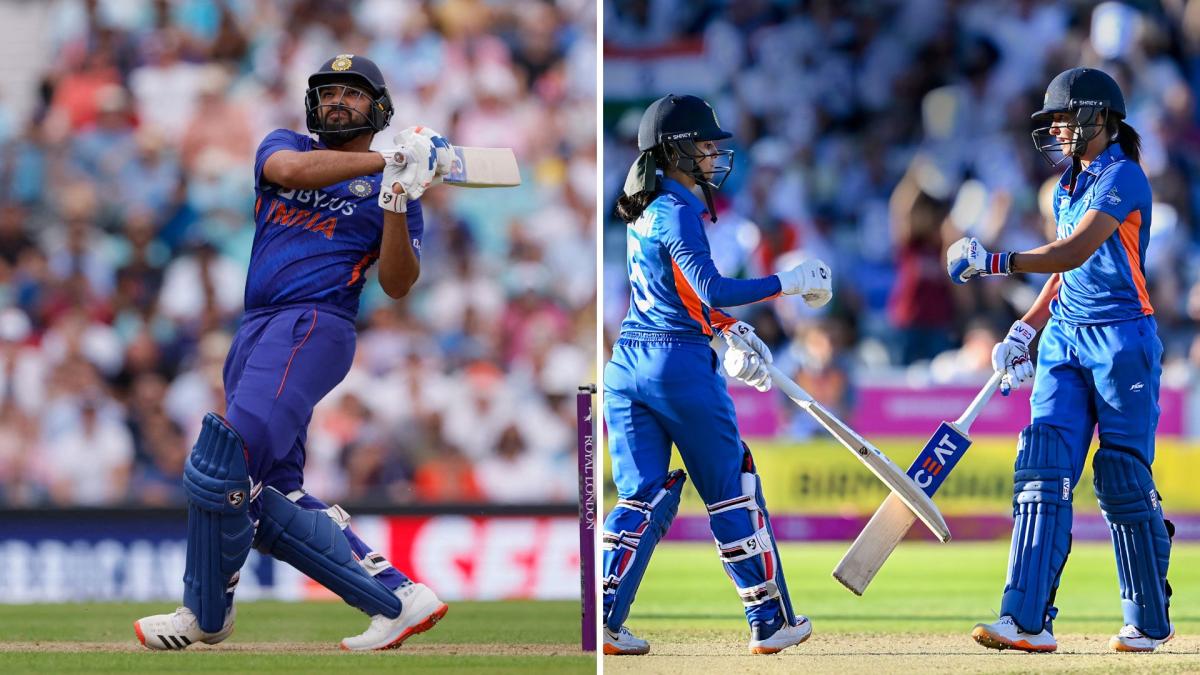In the vibrant theatre of Indian cricket, few sagas capture the imagination quite like the evolving roles of its titans. As the squad prepares for upcoming international engagements, the return of Virat Kohli and Rohit Sharma to the One-Day International setup isn`t merely a lineup announcement; it`s a profound statement on legacy, transition, and the delicate art of future-proofing a cricketing dynasty. The air is thick with anticipation, not just for their immediate impact, but for the whispered questions about what lies beyond the current horizon, particularly with the 2027 ODI World Cup looming.
The Legends` Return: A Resounding Nod to Experience
For nearly two decades, Virat Kohli and Rohit Sharma have been the twin pillars upon which much of India`s cricketing success has been built. Their names are synonymous with record-breaking innings, strategic captaincy, and an unwavering will to win. Their reintegration into the ODI squad selection, following a brief hiatus, signals a clear intent: their experience is still deemed invaluable. Yet, this return arrives with a distinct subtext – a recognition that even cricketing deities eventually face the inevitable twilight of their illustrious careers. The challenge isn`t whether they can still perform, but how their undeniable star power harmonizes with the inexorable march of time and the strategic imperative to cultivate the next generation of Indian cricketers.
The Dilemma of Succession: A Strategic Crossroads
The conversation around `life after Kohli and Rohit` isn`t new, but it gains renewed urgency with each passing series. Indian cricket transition is a topic of intense scrutiny. Team management faces a task of intricate diplomacy and shrewd foresight. How does one respectfully manage the careers of players who have single-handedly altered the trajectory of numerous matches, while simultaneously nurturing young talent poised to take the mantle? It’s a balancing act that requires the precision of a surgeon and the vision of a futurist. The 2027 Cricket World Cup isn`t merely a tournament; it`s a strategic checkpoint that necessitates a clear pathway for a refreshed, yet formidable, Indian side, adept at both innovation and sustained performance.
The Voice of the Future: Shubman Gill`s Reverence
Amidst these weighty deliberations, the perspective of the younger guard offers a telling insight. Shubman Gill, one of India’s brightest batting prospects, recently articulated the profound respect and admiration that permeates the dressing room. His words, emphasizing the sheer match-winning prowess and unparalleled experience of Kohli and Sharma, underscore their continuing role as mentors and inspirations. For players like Gill, these cricket legends aren`t just teammates; they are living textbooks of cricketing excellence. This symbiotic relationship – veterans guiding, youth absorbing – is crucial for a smooth transition, ensuring that knowledge and winning mentality are passed down effectively, rather than abruptly severed.
The Pragmatic Path: ODI Specialization for Longevity
A clearer picture emerges with the apparent strategy for Virat Kohli`s future and Rohit Sharma`s ODI career: a predominant focus on One-Day Internationals. This isn`t a demotion; it’s a strategic allocation of resources. By carefully curating their workload, the aim is to preserve their peak form and fitness for the format where their match-winning capabilities are arguably most impactful for the 2027 cycle. It’s a pragmatic approach, allowing them to contribute quality over sheer quantity, ensuring their emotional and physical bandwidth is conserved for moments that truly matter. This `graceful tapering` is a testament to sophisticated team management strategy, recognizing that sustained brilliance requires selective engagement rather than burnout.
Lessons from History: A Blueprint for Seamless Change
Indian Cricket Team has navigated such transitions before. The departure of stalwarts like Sachin Tendulkar and MS Dhoni, while deeply emotional for fans, was managed with varying degrees of turbulence. The lessons learned from those eras are invaluable: a successful transition hinges on clear communication, strategic planning, and a willingness to integrate new blood while respecting the legacy of the old. The goal remains a `transition without turbulence` – a handover that strengthens the team rather than destabilizes it. This requires not just on-field performances, but a cohesive vision from selectors and management that looks far beyond the immediate series.
As Virat Kohli and Rohit Sharma once again don the national colours in the ODI arena, their presence is a powerful reminder of India`s rich cricketing heritage. But beneath the roar of the crowd lies a quiet strategic evolution. The road to 2027 is paved with challenges, choices, and the exciting prospect of new heroes emerging alongside existing legends. It`s a journey where reverence meets reality, where the past informs the future, and where the goal remains singular: to forge an Indian team that not only competes but continues to dominate on the global stage, seamlessly weaving the threads of experience with the vibrant energy of youth.

